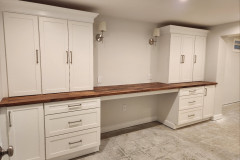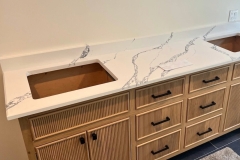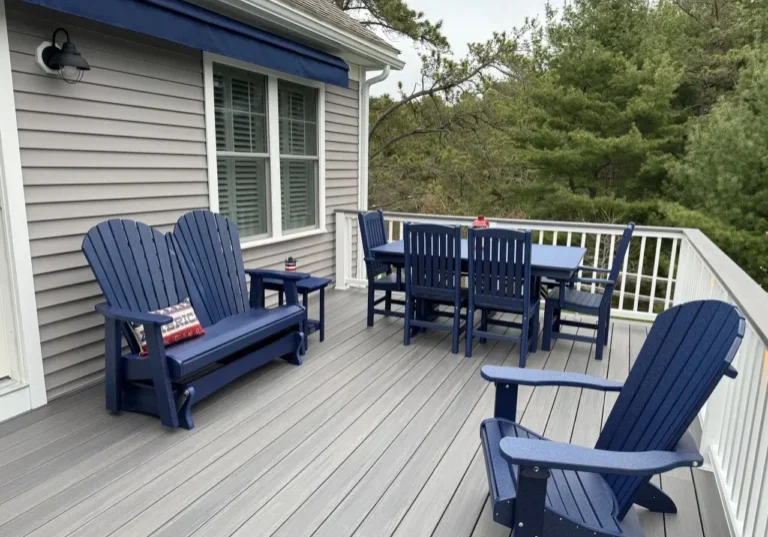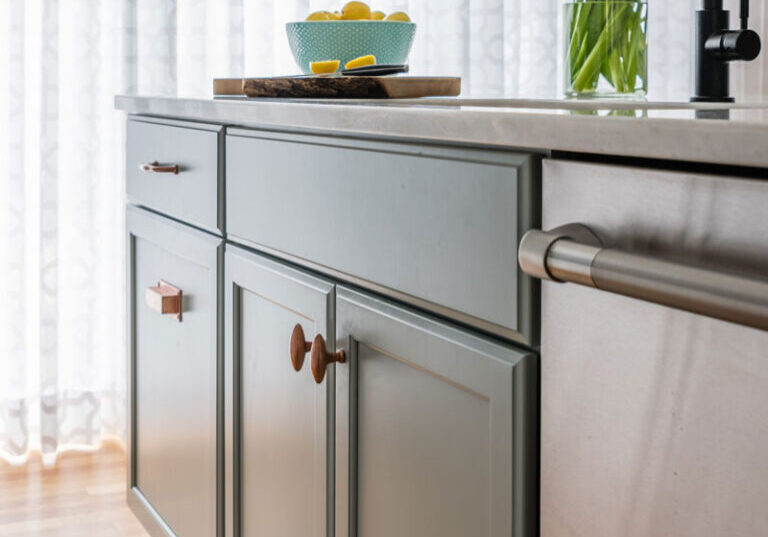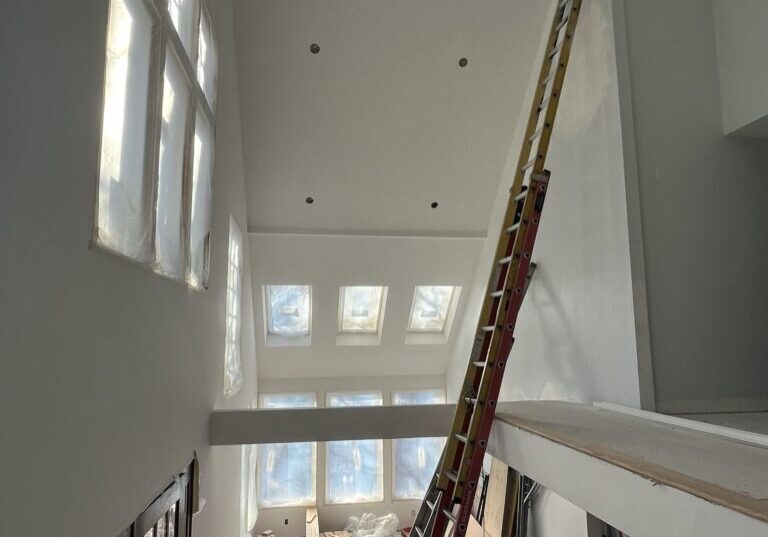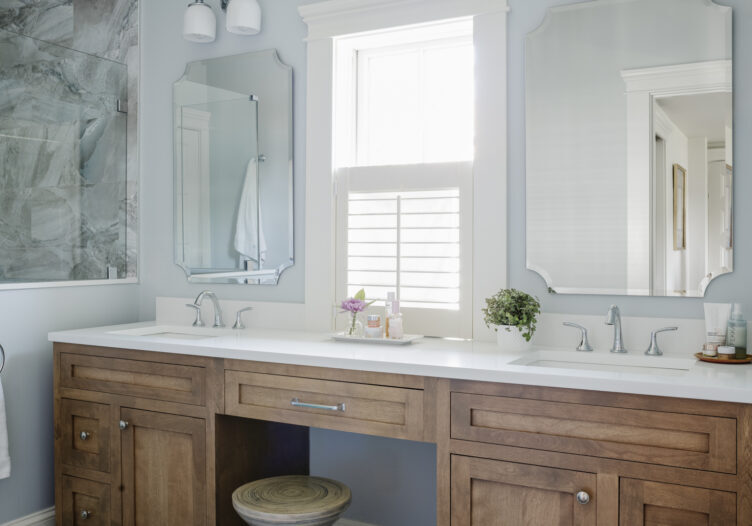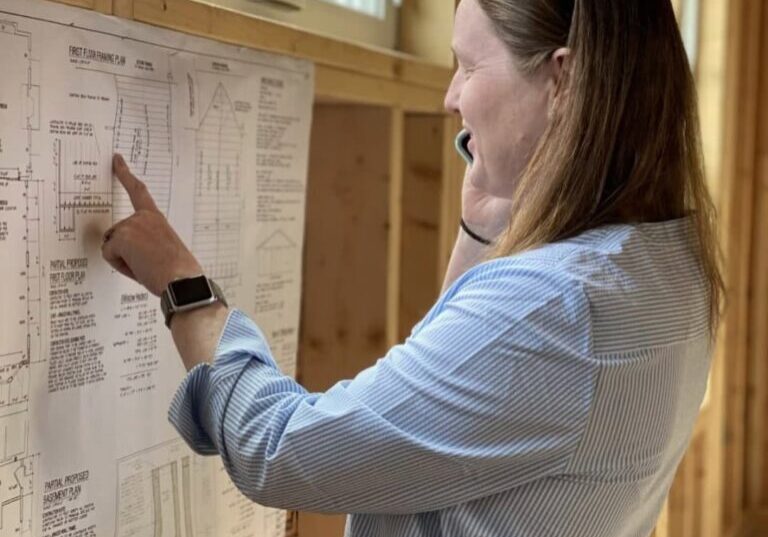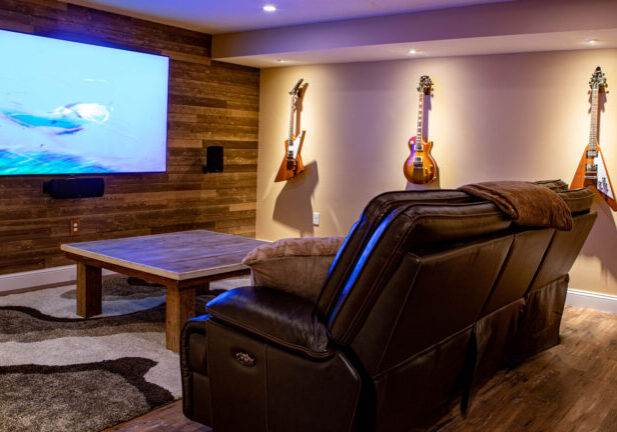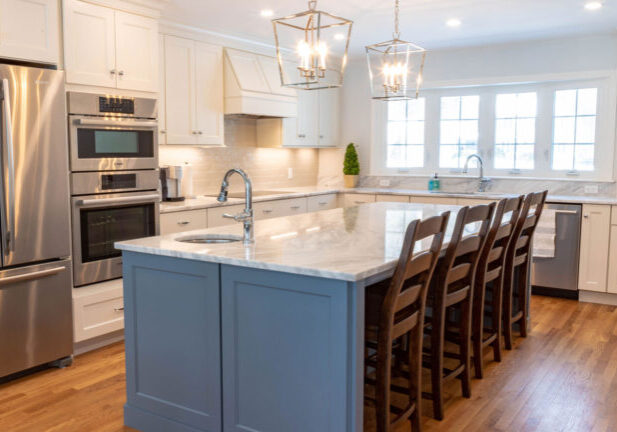Top 10 Steps to Prepare for a Remodel
A Step-by-Step Guide to Planning and Research

At Almar Building & Remodeling, we understand that embarking on a home renovation can be both exciting and daunting. The good news is that a well-planned project leads to a smoother, more satisfying experience! This guide will walk you through the steps to prepare for a remodel, the crucial planning and research phases, empowering you to make informed decisions and feel confident throughout the process.
Why Planning and Research Matter
The planning and research stages are the foundation for a successful remodel. The more you invest in these initial steps, the better prepared you’ll be to navigate the project. Our team is always here to support you with questions and guide you along the way.
| Planning & Research Stage | Action | Benefit |
| Research Your Project | Explore similar projects, local property values | Know what to expect, ensure project aligns with neighborhood |
| Plan for the Future | Consider long-term needs | Create a remodel that grows with you |
| Set a Realistic Budget | Establish a financial plan | Avoid surprises, ensure project aligns with resources |
| Find the Right Professionals | Ask insightful questions, verify credentials | Make informed decisions, hire qualified professionals |
| Verify & Review | Review contract details | Ensures clarity, protects your interests |
| Design with Purpose | Identify needs, gather inspiration | Creates a functional space that reflects your style |
| Make Informed Selections | Choose quality products & materials | Ensures project longevity, stays within budget |
| Streamline Communication | Establish a communication plan | Keeps everyone on the same page |
Step-by-Step to Remodel Readiness
1. Research Your Project
Know what to expect: Researching similar projects gives you a realistic understanding of costs, scope of work, potential return on investment, and the latest trends in materials and products.
Value in your neighborhood: Look into property values in your area to ensure your project aligns with other homes and complements your neighborhood’s character.
2. Plan for the Future
Long-term vision: Consider how long you plan to live in your home and how your family’s needs might evolve. Thinking ahead ensures your remodel remains a valuable asset for years to come
3. Set a Realistic Budget
Financial planning: Establishing a realistic budget and securing funds is essential. Your project cost should encompass everything—materials, labor, permits, and potential contingencies.
Budgeting resources: The Remodeling Magazine Cost vs Value report is a great starting point. It provides budget ranges specific to our area and often aligns well with our pricing structure.
4. Find the Right Professionals
Go beyond referrals: Utilize the power of the internet! Ask friends, family, and neighbors for recommendations, then research those professionals online. Check social media to see how they interact with clients and colleagues. The Pro Remodeling, New England website also offers a helpful guide.
5. Ask the Right Questions
Beyond time and cost: While time and cost are important, getting the right information requires insightful questions. Ask your remodeler about their experience, training, specialties, and approach to the process.
6. Verify and Review
Due diligence: Don’t just take their word for it. Verify references, license numbers, insurance information, and certifications by contacting the providers directly.
7. Contract clarity: Professional remodelers use detailed contracts. Pay close attention to change orders, payment schedules, additional fees, timelines, and responsibilities. Understand the scope of work – if it’s not in the contract, it’s not included.
8. Design with Purpose
Identify your needs: Think about what bothers you about your current space and how you envision using the remodeled environment.
Gather inspiration: Websites like Pinterest and Houzz are perfect for collecting design ideas. However, remember that professionals will adapt these ideas to create a space that is accessible, functional, and reflects your unique style.
9. Make Informed Selections
Quality decisions: Choosing products and materials takes more time than most anticipate. With so many options, careful decision-making is key to staying on schedule. Base your selections on quality, functionality, price, style, and availability. Including these selections in the contract helps lockdown pricing and protect your budget.
10. Streamline Communication
Clear communication: Another in the key steps to prepare for a remodel is open communication between homeowners and the remodeling team. Your remodeler should establish a communication plan at the beginning of the project. If not, don’t hesitate to ask for one. This plan should clarify everyone’s roles, preferred communication methods, availability, and frequency of updates.
edited 7.2024







